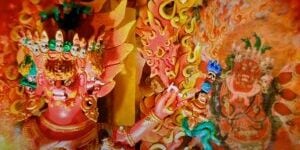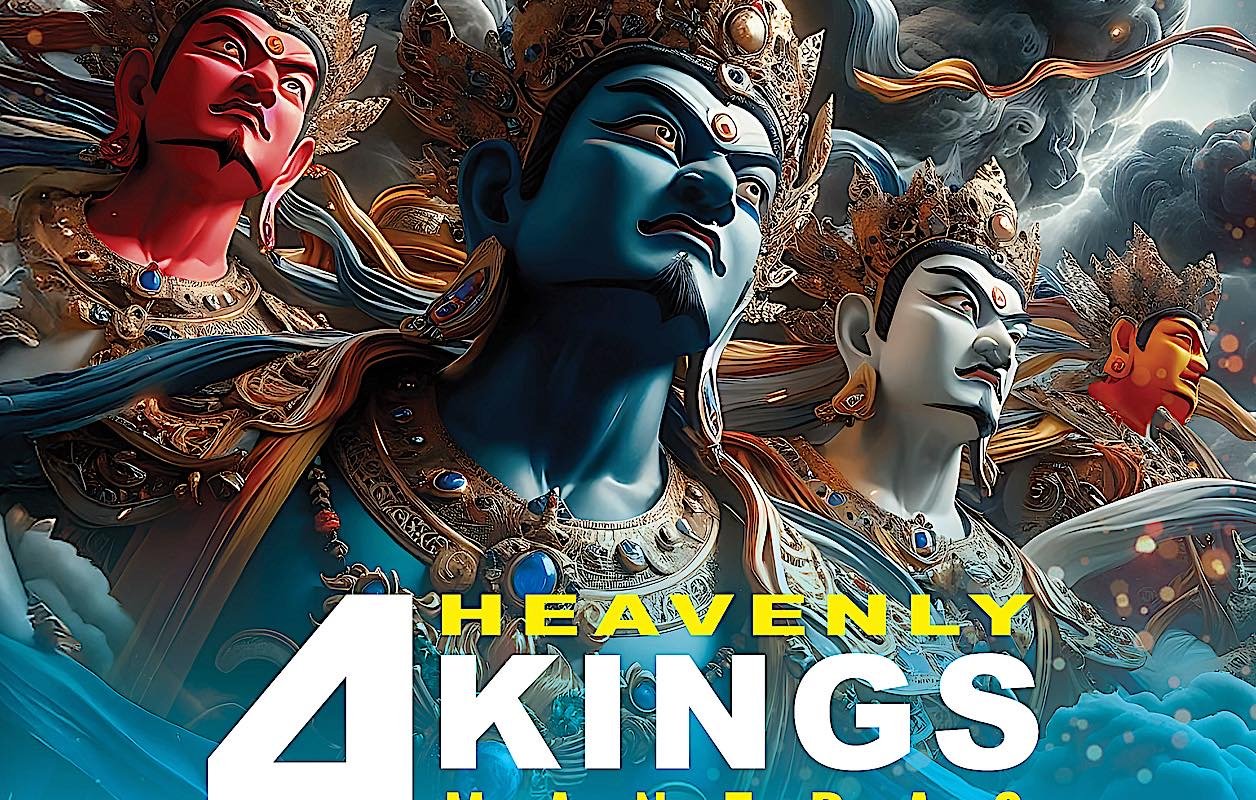- « Previous
- 1
- 2
- 3
- 4
- Next »
Spread the Dharma Downloads
Buddha Weekly’s hard-working volunteers create educational Buddha Dharma content in multiple formats and multiple languages — to help us “Spread the Dharma.” We remain committed with new content every week in online features, videos, podcasts, and emailed “ezines”, thanks to your help.
Here we provide PDF downloads of Pujas, Practices, Sadhanas, and Sutras for recitation.






























